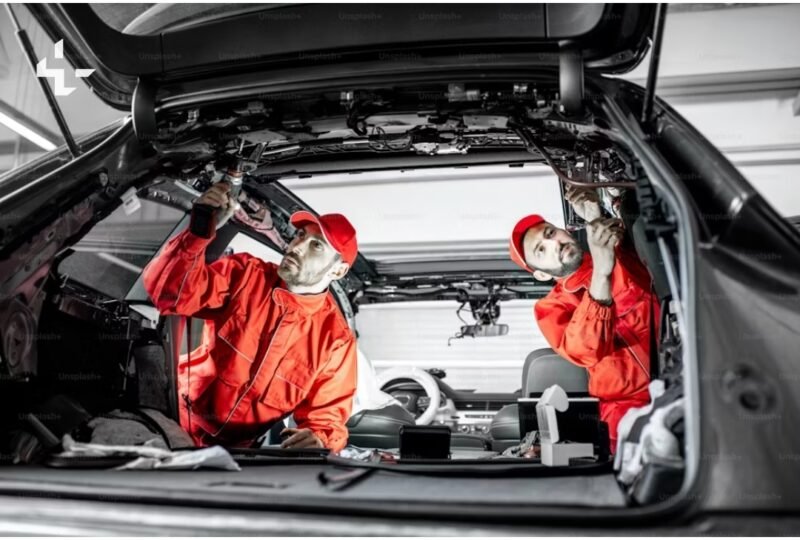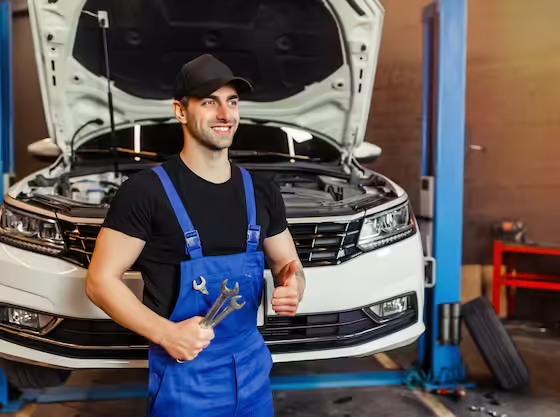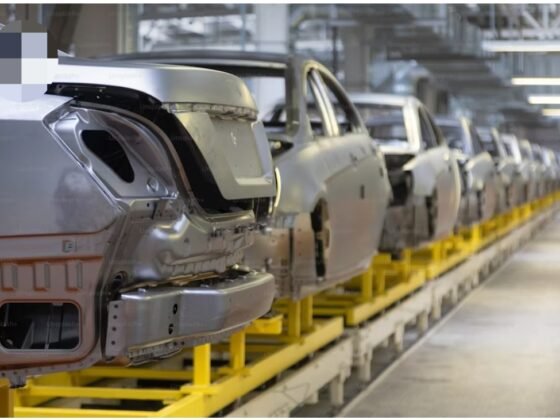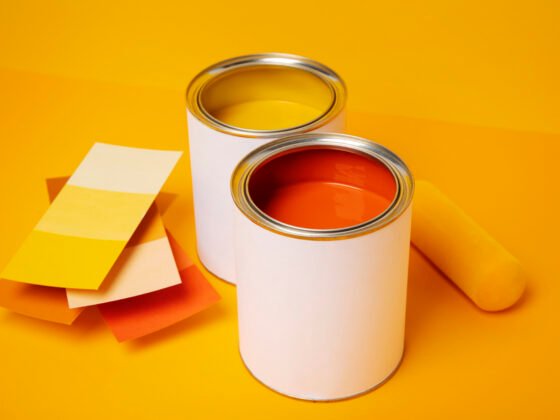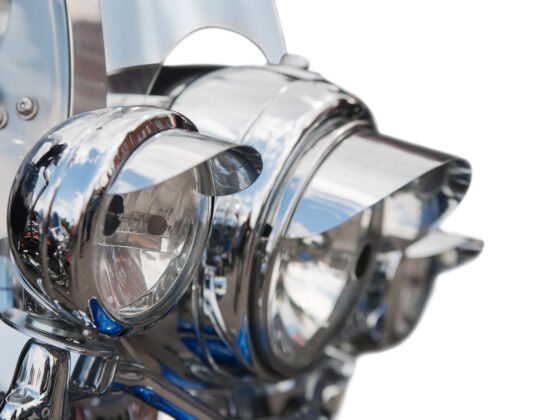When it comes to maintaining a car, most people focus on the exterior and engine, but the interior is just as important. Over time, the inside of a car can suffer from wear and tear, whether it’s from daily use, environmental factors, or accidental damage. Investing time and effort into automotive interior repair not only keeps a vehicle looking good but also enhances its resale value and driving comfort. This article will cover the essentials of automotive interior repair, from fixing upholstery to restoring plastic and leather surfaces.
Why Automotive Interior Repair is Important
Automotive interior repair goes beyond aesthetics; it’s about preserving the value and comfort of your vehicle. A clean, well-maintained interior:
- Increases resale value
- Provides a more comfortable driving experience
- Reflects positively on the car owner’s personality
Additionally, damaged interiors can sometimes lead to further issues. For instance, a small tear in the upholstery can worsen over time if left unaddressed.
Common Interior Problems and Repair Techniques
Let’s break down the most common interior repair needs and effective ways to address each.
1. Upholstery Repair
One of the most visible areas of wear in a car is its upholstery, especially in high-traffic spots like the seats. Cloth and leather seats are prone to fading, staining, tearing, and wearing out with time.
- Cloth Upholstery: For minor tears, fabric repair kits are widely available and can patch small holes. These kits typically come with adhesive and a patch that closely matches the color of the seat fabric. For stains, using a mild upholstery cleaner and a soft brush can lift dirt and grime.
- Leather Upholstery: Leather seats add a touch of luxury but require proper maintenance. For minor cracks and scratches, leather repair kits with color-matching options are ideal. These kits contain liquid leather, fillers, and sometimes color-matched dye. To keep leather soft and prevent cracks, regularly apply a conditioner designed for automotive leather.
2. Dashboard and Trim Repair
Dashboards and interior trims are often made from plastic or vinyl, which can crack, scratch, or fade due to sun exposure and general use. Replacing these parts can be expensive, but repair kits can help.
- Filling Cracks and Scratches: Plastic repair kits with fillers can smooth out cracks and scratches. Once filled, you can apply a color-matched vinyl or plastic paint for a seamless look.
- Restoring Faded Parts: Faded dashboards can be revitalized with specialized sprays or wipes that restore the original shine. UV-protective coatings are also recommended to prevent further fading from sun exposure.
3. Carpet Repair and Cleaning
Carpets endure a lot of abuse, from muddy shoes to spilled coffee. Proper maintenance and timely repairs can make a big difference in the look of your vehicle’s floor.
- Removing Stains: Stain removers designed specifically for automotive carpets can lift many types of stains. Make sure to blot, not rub, as rubbing can push the stain further into the fibers.
- Repairing Tears and Burns: For minor burns or tears, carpet repair kits are available. These kits often come with adhesive patches and blending materials to seamlessly repair the carpet. In cases where the carpet is severely damaged, replacing it might be a more practical solution.
4. Headliner Repair
The headliner, or ceiling fabric, can start sagging over time due to heat, humidity, and aging adhesive. A sagging headliner not only looks unattractive but can also block visibility if it falls down too much.
- Temporary Fixes: Headliner pins, available at most auto stores, can be used as a quick fix to secure sagging areas. However, this is only a temporary solution.
- Permanent Repair: For a more permanent fix, you may need to reapply adhesive spray to the headliner. Spray adhesive specifically made for headliners is applied to both the fabric and the ceiling, then smoothed to remove wrinkles. In cases of severe sagging, reupholstering might be necessary.
Essential Tools and Products for Interior Repair
Having the right tools and products can simplify interior repairs and make them more effective. Here are some basics for tackling common repairs:
- Upholstery Cleaners: Choose fabric or leather cleaners suitable for automotive use.
- Repair Kits: Invest in kits tailored for fabric, leather, or plastic repairs. These kits usually contain color matches, adhesives, and tools to help with DIY repairs.
- Brushes and Sponges: Soft-bristled brushes and sponges are ideal for cleaning, especially when dealing with delicate surfaces.
- UV Protectant Sprays: These sprays protect your dashboard, vinyl, and plastic surfaces from sun damage.
- Adhesive Sprays: Useful for securing sagging headliners or loose fabric on seats and carpets.
- Conditioners: Leather conditioner is crucial to keep leather seats soft and prevent cracking.
Tips for Maintaining Your Car Interior
Prevention is key when it comes to preserving your car’s interior. Follow these tips to minimize damage and prolong the life of your car’s interior components:
- Regular Cleaning: Vacuum and clean surfaces regularly to prevent dirt buildup. Spot-clean spills immediately to prevent stains.
- Use Seat Covers and Floor Mats: Protect high-traffic areas with seat covers and floor mats that can be easily removed and cleaned.
- Limit Sun Exposure: Sunlight can cause fading and cracking. Use sunshades or park in shaded areas whenever possible.
- Apply Protectants: Dashboard and upholstery protectants help prevent fading and cracking from UV exposure.
- Condition Leather: Leather seats should be conditioned every three to six months, depending on usage and climate conditions.
When to Seek Professional Help
While many automotive interior repairs can be done at home, some cases may require professional assistance, especially if:
- The damage is extensive or covers a large area.
- You’re unsure about color-matching or using repair products.
- Structural damage affects comfort, such as broken seat padding.
Professionals have access to high-quality products and advanced techniques, making them a reliable option for more challenging repairs.
Final Thoughts
Automotive interior repair is an essential aspect of vehicle maintenance that’s often overlooked. By tackling small issues before they worsen and using the right products, you can keep your car’s interior looking like new. Whether you’re fixing minor upholstery tears or restoring a faded dashboard, these repairs don’t just enhance appearance; they contribute to the overall enjoyment and value of your vehicle.
